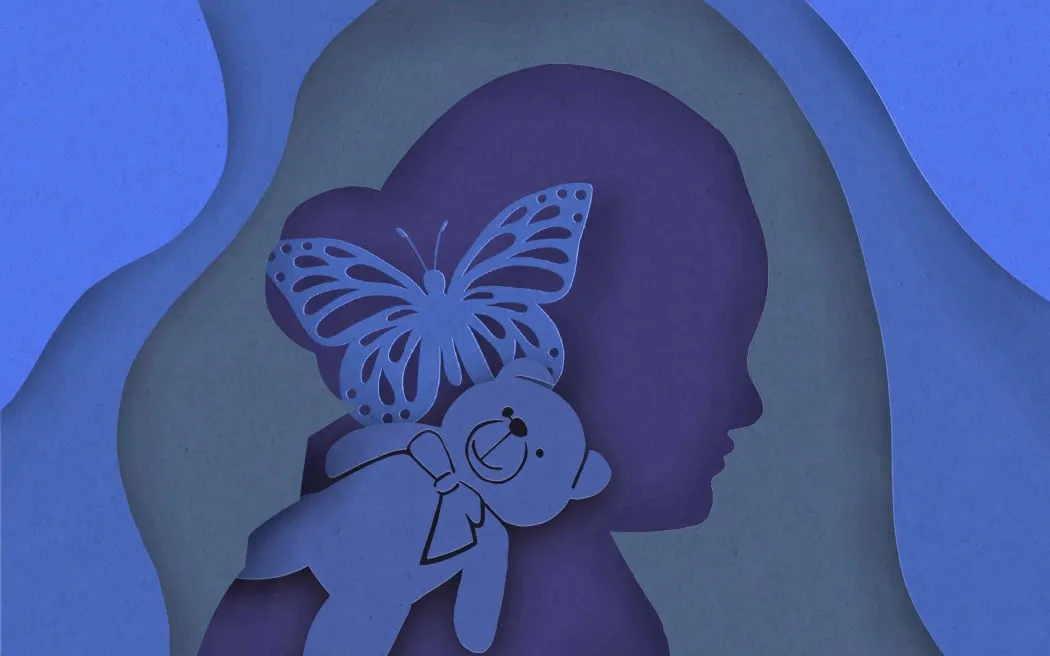Children’s Commissioner Dr Claire Achmad says there is good news for the Hikitia Te Wairua facility, where seclusion was used on young people. The government agencies involved have accepted all of her report’s 12 recommendations.
Dr Claire Achmad said that was good news: “I am really pleased that the government agencies involved here have accepted all of our 12 recommendations that we have made in this report … they are being progressed.”
The report found that seclusion ended up being used at Hikitia Te Wairua because the team didn’t have the particular specialist capabilities to deal with complex behaviours presented by the young people.
Since March this year, no children or young people had been held in seclusion at the facility, Achmad said: “I want to see them continue to build on that progress.”
Achmad wants to see a whole of system approach to ensure that no young person is ever held in seclusion again. She said it goes against their human rights – the UN has been very clear.
The Children’s Commissioner’s report called for an urgent review of the use of seclusion at Hikitia Te Wairua, with the aim of reducing and eliminating its use. It also recommended a therapeutic de-escalation area be created for mokopuna, to help them self-soothe and regulate in an environment conducive to their needs.
Staff must also receive comprehensive training, according to the report.
The report found that the government agencies involved had been dragging their heels over providing information about restraint and seclusion of children in Oranga Tamariki facilities. The Children’s Commissioner’s office was seeking data but was being told it could not be provided.
Insufficient data on restraint and seclusion of children in Oranga Tamariki facilities, watchdogs say
Police dragged heels over request for confinement info
Intellectually disabled people neglected & forgotten: report
Finding alternatives to the use of seclusion
Mum’s crusade to name schools that used seclusion

0 Comments